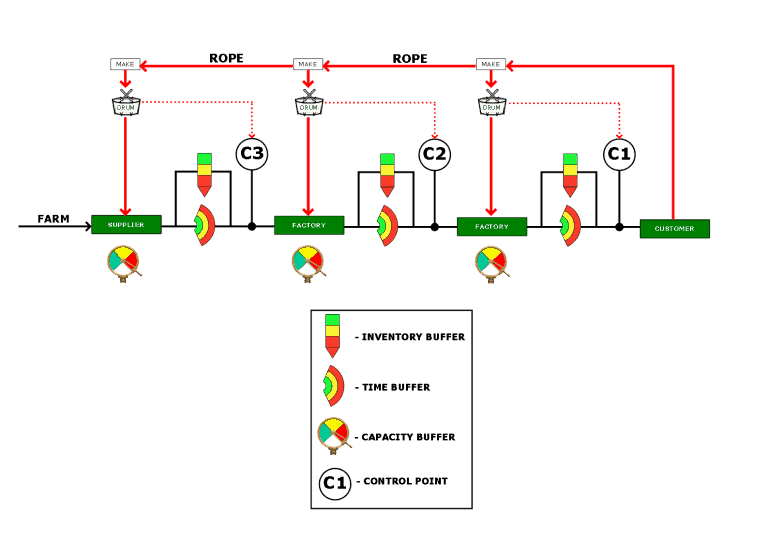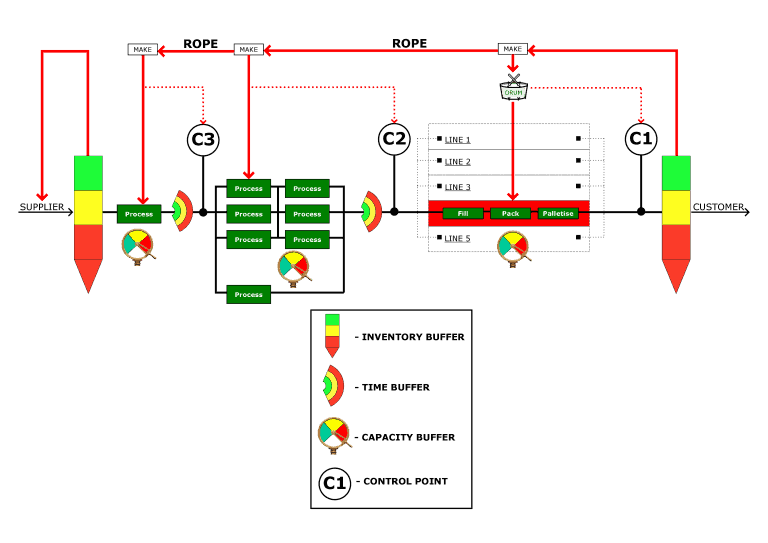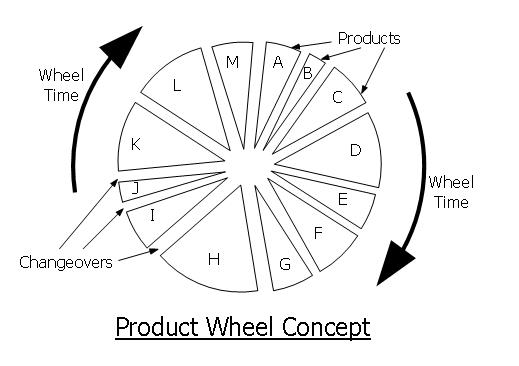There has been a lot of talk, particularly (and some would say weirdly) in politics, about Digital Twins. There seems to be an abundance of funding for digital twins as part of the Australian government’s push towards sovereign capability and manufacturing innovation in Australia.
Amongst all of this, it’s unclear precisely what the funding is for and to which types of digital twins it applies.
In my recent post, the three prerequisites of a powerful digital twin, I defined a digital twin as simply the digital clone of a system.
A digital twin can be a spreadsheet, a CAD drawing, a sophisticated business proposal or a complex dynamic simulation. The common characteristic is that the twin is digital, and it accurately depicts the behaviour of a system during the achievement of a business goal.
This post gives more detail on the nine most important digital twins in the process industry.
If any, which one you choose to focus on is determined by your business priorities.
1 – Control Panel – Supply Chain
Coming up with a control panel that can help you visualise a complete supply chain is a challenging task.
Simplicity is hard work!!
In a previous post, 10 high-powered building blocks that change the way you look at your complex supply chain, I showed how to build the supply chain using a system of visual blocks.
This is consistent with the Lean approach to value stream mapping.
This video is a logical extension of this work applied to a total supply chain.
2 – Demand Modelling
Demand modelling, forecasting and manipulation have always been hot topics.
I guess this is an easy topic for everyone in a business to rally around.
Consequently, there are money options for creating a digital twin for demand, most of these centre around better forecasting.
Some more sophisticated options focus on sensing demand and responding with very low latency. Some of the work by the Demand Driven Institute and Lora Cecere is very interesting in this space.
3 – Network Modelling
Supply chain network modelling has been around for a fair while.
One big goal of network modelling is to optimise the location of nodes such as warehouses and factories using linear programming.
Linear programming has been around for a long time. Companies such as Llamasoft offer good analysis software for network optimisation.
I should add that this is before you start to explore other supply chain optimisation issues such as.
- Order fulfilment
- Balanced warehouse workload
- Distribution order management
- Sea freight contract optimisation
- Ground transport contract optimisation
There are heaps of options in the area of network optimisation.
The challenge is to figure out which constraint in your supply chain is the priority for optimisation.
4 – Dynamic Transport Modelling
There are two modelling methods used for dynamic transport modelling.
- Discrete Event Simulation
- Agent-based Simulation
Discrete Event Simulation models the transport system as a sequence of (discrete) steps. This modelling technique is very intuitive, takes account of mapping data and can deal with the statistical complexities of a transport system.
Agent-based modelling considers the different reactions by the “actors” within the model—for example, the difference in how other drivers react to delays at a warehouse.
5 – Inventory Buffer Sizing & Control
The sizing and control of inventory buffers within a supply chain are primarily governed by lot size, reorder duration and variability.
The computational requirements (and therefore the software) for this analysis are straightforward.
The secret ingredient for this work sits in how the buffers are designed and managed.
There are two ways to approach the design and management of inventory buffers.
6 – Value Stream Mapping
Value Stream Mapping as a type of modelling process that consists of four steps;
- select a discrete part of the supply chain based on an opportunity
- map the Current State
- agree and document points of most significant performance benefit using a Future State
- identify the Performance Centred Improvements and create a fully costed transformation plan
Value Stream Maps are developed at two levels.
Supply Chain Level

Factory Level

7 – Factory Schedule Modelling
Factory schedule optimisation is still recognised as one of the most complex computational challenges in the IT industry.
That said, there are ways of filtering information from factories in the process industry that make this computational challenge less onerous.
Dupont™ has developed “Product Wheels”, a powerful, systematic way of optimising schedules in the process industry.
A Dupont™ alumni – Peter King – has taken Product Wheels to the masses in his helpful books.
Some of this post relies on The Product Wheel Handbook, Peter L. King, Jennifer S. King, CRC Press 2013.
The analysis required for Product Wheels can be completed on a spreadsheet.

8 – Dynamic Factory Modelling
Discrete event simulation (described above under Dynamic Transport Modelling) is generally the best modelling technique for factories, particularly for the process industry.
Dynamic factory modelling is an essential tool for:
- sizing capacity and time buffers
- identifying constraints in complex batching operations
- quantifying the load on resources such as people and forklifts.
- demonstrating expected efficiencies for different equipment/buffer design scenarios.
Before embarking on a Factory Modelling exercise (indeed before developing any digital twin), it is important to establish goals as summarised in The 3 prerequisites of a powerful digital twin.

